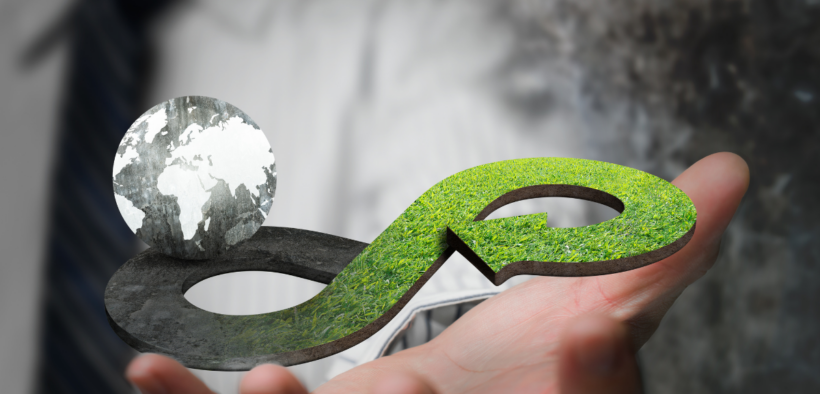DHL says supply chain transformation key to circular economy
Share

Making circular economies a reality will rely on the transformation of supply chains, with logistics players as the natural backbone, a new DHL Supply Chain report has concluded.
The report added that the push for circularity is most critical in the fashion and consumer electronics industries, which contribute to six percent of the global Greenhouse gas (GHG) emissions.
Industry leaders are already actively participating in the paradigm shift toward circularity, announcing ambitious targets and launching a wide range of initiatives.
DHL maintained that the logistics industry is one key enabler to the paradigm shift through providing orchestration of flow of goods and data.
“Simply put, circularity is about the 5Rs: Reduce, Repair, Resell, Refurbish and Recycle,” said Katja Busch, Chief Commercial Officer at DHL.
“The transition toward a circular economy is built on the redesign of supply chains,” she said.
Innovative logistics is the backbone to a circular economy
Busch continued that innovative logistics solutions can help drive circularity as they are a key enabler to facilitate both the physical and data flows.
“Especially when it comes to optimising production volumes and materials, extending product lifecycles, launching novel use models, or developing new solutions for end-of-life recycling,” she said.
The push for circularity will have the most significant environment impact from the fashion and smartphones industries, according to the report.
Around 20 percent of produced garments are never used, and smartphones are often exchanged after just two or three years.
In addition, the fashion and electronics industries contribute to more than six percent of the global Greenhouse gas (GHG) emissions. To produce electronic devices, many non-renewable resources such as rare earth and metals are needed.
These sectors are responsible for substantial land use (more than the area of Germany and Switzerland combined), water consumption (equivalent to 40 percent of US citizens’ annual water consumption), and waste generation (equal to approximately 50 percent of Europeans’ annual waste).
With 80 percent of emissions of an average fashion or consumer electronics item accruing during production, extending the product lifetime as much as possible is imperative.
Circular consumer behaviour must be incentivised
Carsten Lützenkirchen, Senior Vice President at DHL Customer Solutions & Innovation., said that the shift toward circular consumer behaviours is a critical driver of a successful transition to circularity.
“Consumer behaviours increase the number of goods that flow back into the cycle and signal demand to brands for circular products. And the trend towards more sustainable demand is growing,” Lützenkirchen said.
“Novel circular business models not only diversify product and service portfolios but have a positive effect on customer engagement. It is a classical win-win situation in which sustainability drives growth and innovation,” he said.
Along the product’s value chain, DHL identified three core enablers and ten building blocks that allow for a successful transition from supply chains to supply loops.
These range from innovative materials and design to on-demand production, smart product returns, reusable packaging, new use concepts, and asset collection and recycling.
Above all, circular consumer behavior must be incentivised.
Lützenkirchen also said that if stakeholders take on their responsibilities and accelerate a mutually reinforcing loop, circularity can become a reality.
“While the successful transition toward circularity is undoubtedly a shared responsibility and effort, logistics players are the natural backbone,” he said.
“Circularity changes the way materials and products move – from a straight line to a regenerative circle – and efficiently managing the flow of goods is what logistics is all about,” he concluded.
Source: DHL















